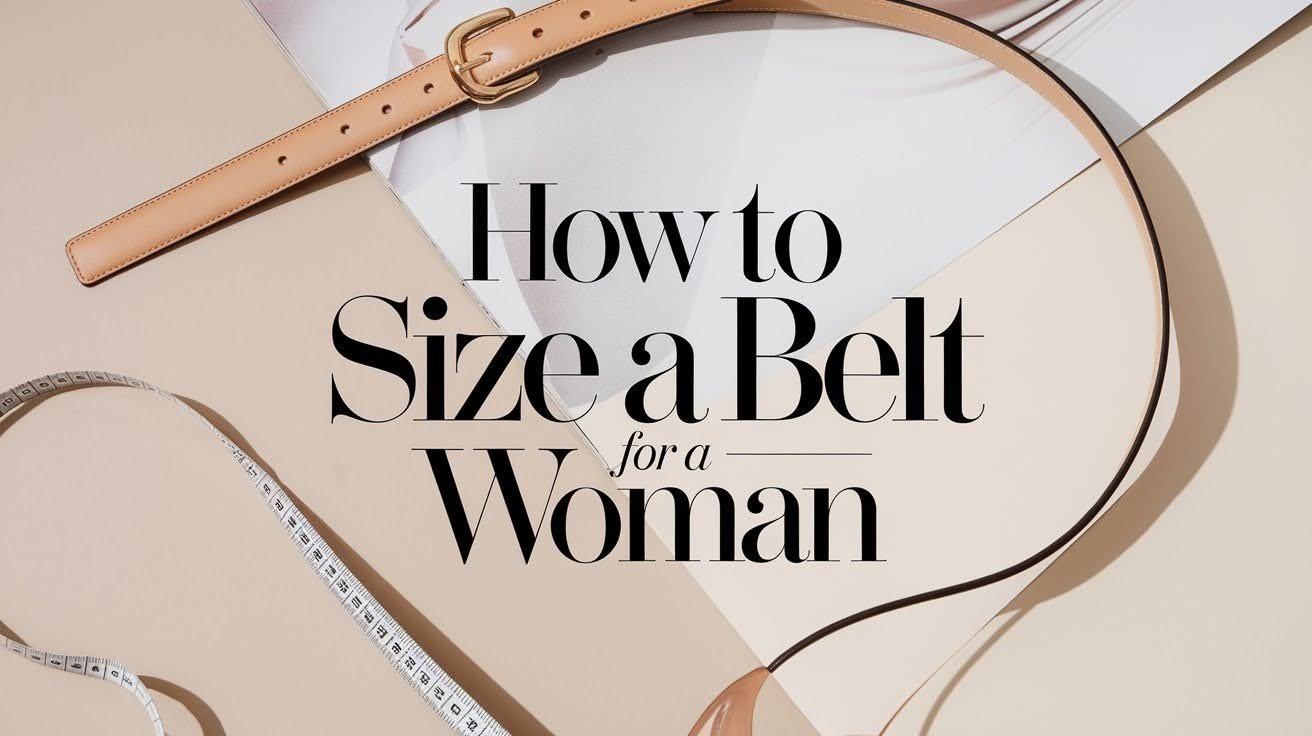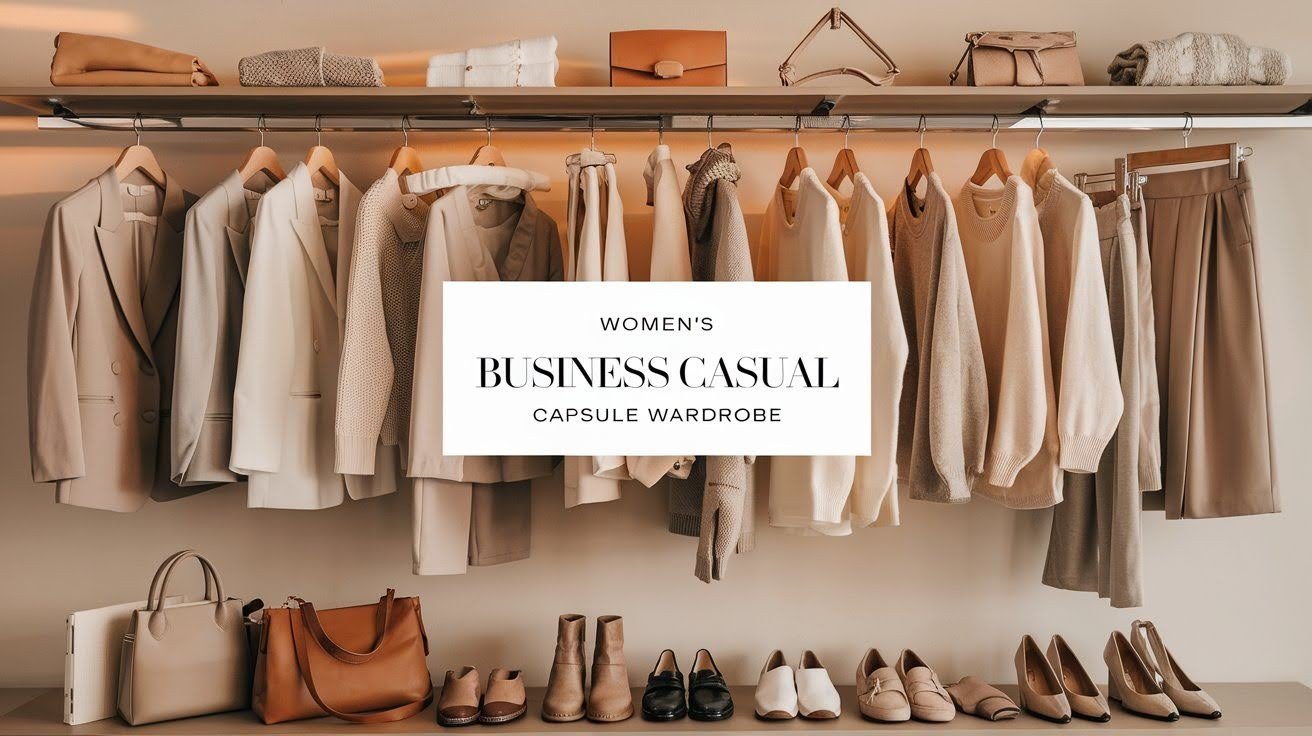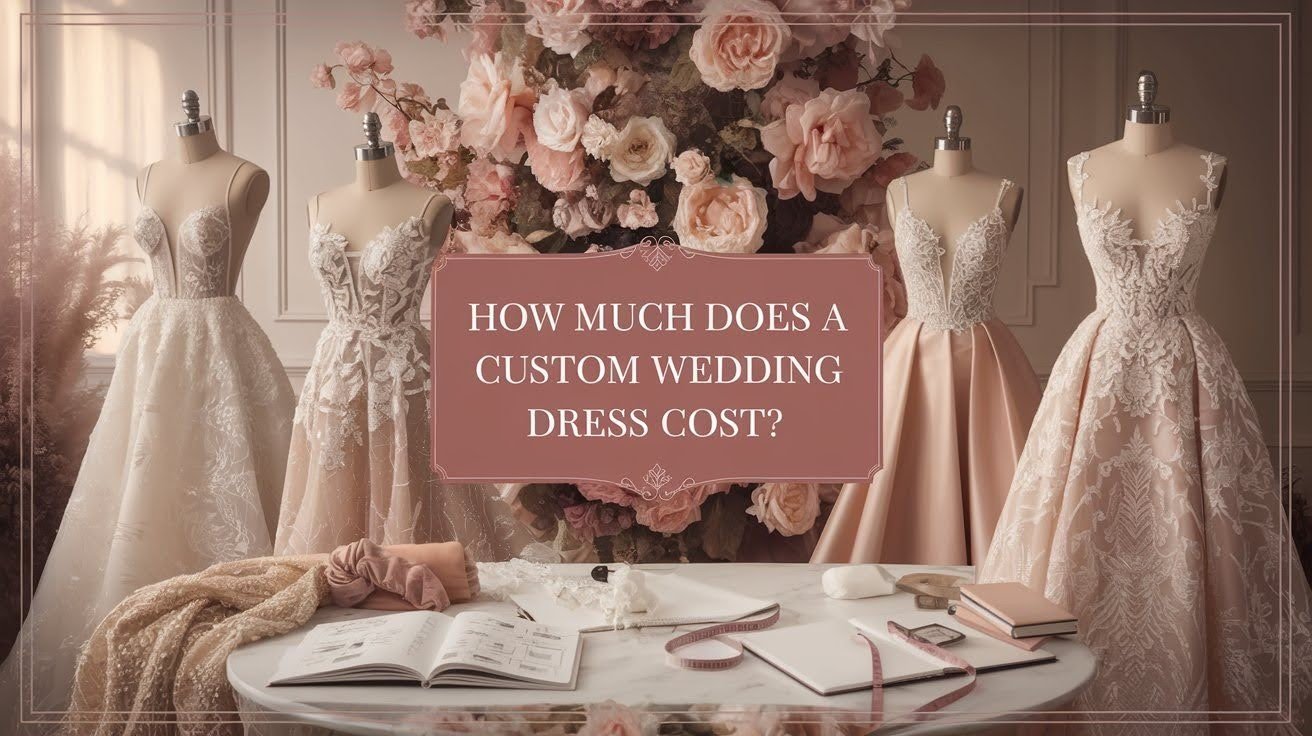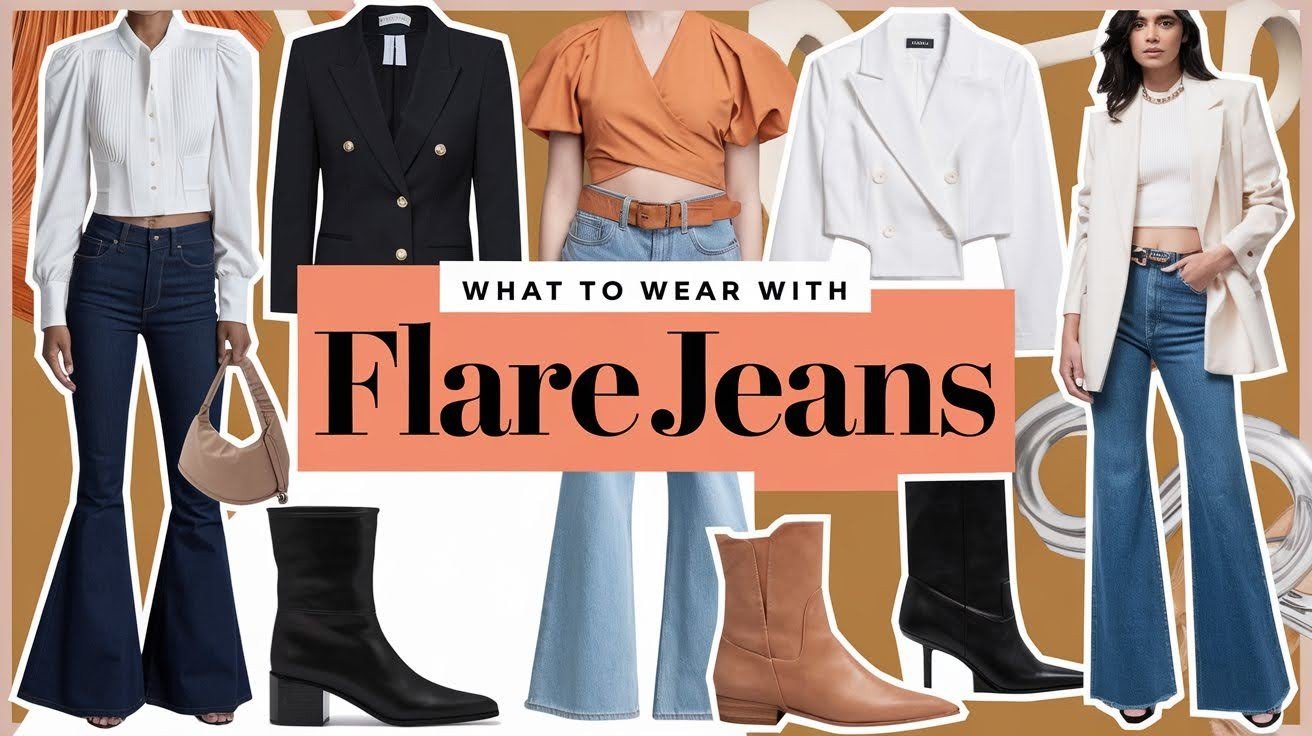I remember standing in my closet, holding three different belts, wondering why none of them fit right. That frustrating moment led me to spend years helping women solve this exact problem.
Getting the perfect belt fit can change your entire outfit. But how do you know what size to buy? I’ve helped thousands of women find their perfect belt size over the past decade. The confusion ends here.
In this guide, you’ll learn three simple methods to measure your belt size accurately, common sizing mistakes that waste your money, how different belt styles affect your measurements, and body type tips to lifts your silhouette.
I’ll solve your belt sizing problem using simple techniques that work every time. No more returning ill-fitting belts or wearing uncomfortable accessories.
You can trust this advice because it comes from real experience with actual customers, not guesswork. These methods have worked for women of all shapes and sizes.
Ready to find your perfect belt size? Let’s start with the basics you need to know.
Understanding Belt Sizing Basics
Belt sizes work differently than clothing sizes. Most women’s belts use standard measurements in inches.
Here’s what you need to know:
Belt size equals your waist measurement plus 2-4 inches. The size refers to the distance from the buckle to the middle hole. Most belts have 5 holes spaced 1 inch apart.
Why the extra inches? You need room for the buckle and proper fit adjustment.
Think of it like buying shoes. You don’t buy your exact foot measurement. You need a little wiggle room.
I learned this the hard way when I ordered my first belt online using my exact waist measurement. It barely closed on the last hole and felt uncomfortably tight all day.
3 Simple Methods to Size a Belt for a Woman
A. Measure an Existing Belt

This is the fastest and most accurate method if you have a belt that fits well.
Step 1: Lay your belt flat on a table
Step 2: Measure from the buckle end to the hole you normally use
Step 3: That measurement is your belt size
Can’t find a tape measure? Use a piece of string, then measure the string against a ruler. I’ve done this countless times when helping friends figure out their sizes.
B. Use Waist or Hip Measurement

For waist belts, wrap a measuring tape around your natural waist, add 2-4 inches to that measurement, and that’s your belt size.
For hip belts, measure around your hips where you’ll wear the belt, add 2-4 inches, and order that size.
My tip: Wear the clothes you plan to belt when measuring. I once helped a customer who couldn’t understand why her belt felt tight until we realized she measured over a thin t-shirt but wore it over thick sweaters.
C. Use Pant Size Conversion (with chart)

Your pant size can give you a starting point for belt sizing.
| Pant Size | Belt Size |
| 0-2 | 28-30 |
| 4-6 | 32-34 |
| 8-10 | 36-38 |
| 12-14 | 40-42 |
| 16-18 | 44-46 |
| 20-22 | 48-50 |
Important: This chart is a guideline only. Body shapes vary significantly.
Some women wear size 8 pants but need a 40-inch belt. Others wear size 12 pants but fit a 36-inch belt perfectly. I’ve seen every combination possible.
Always measure when possible.
Common Sizing Mistakes & How to Avoid Them
Let me share the five biggest mistakes I see women make when sizing belts.
Mistake #1: Ordering your exact waist size. I see this all the time. Always add 2-4 inches to your waist measurement.
Mistake #2: Assuming all brand sizes are the same, one customer ordered three different brands in the same size. One was too small, one perfect, and one too large. Check each brand’s sizing chart before ordering.
Mistake #3: Not considering belt width Wide belts often need to be sized up slightly. They don’t bend as easily around your body’s curves.
Mistake #4: Forgetting about clothing thickness, measure over the actual clothes you’ll wear. Summer dresses require different sizing than winter sweaters.
Mistake #5: Buying based on dress size only. Your dress size tells you nothing about your belt size. Waist measurements matter more than dress sizes.
Here’s something most people don’t know, Belt sizing isn’t standardized across brands. A size 34 from one company might fit like a 36 from another.
How Belt Style Affects Sizing

Different belt styles require different sizing approaches. I’ve learned this through years of trial and error.
Chain belts usually run small. Size up 2-4 inches from your normal belt size. These have zero give in the material. Stretch belts are more forgiving. You can often stick with your regular belt size since they adapt to your body.
Wide belts (2+ inches) may need sizing up. Wide belts don’t bend as easily around curves, especially at the waist. Skinny belts usually run true to size or slightly large. They’re flexible and forgiving.
Corset belts often have their own sizing system. Check the brand’s chart carefully. These vary wildly between manufacturers.
Belt Fit for Different Outfits

Where you wear the belt matters as much as the size. Here’s what I’ve learned from styling hundreds of women.
Over dresses: Measure where the belt will sit on the dress, not on your bare waist. The fabric thickness affects the fit.
Over coats and jackets: Add extra room for the bulk. You might need 4-6 inches above your waist measurement. I once watched a customer struggle with a belt that fit perfectly over her blouse but wouldn’t close over her blazer.
With high-waisted pants: Measure at your natural waist, not where the pants sit. High-waisted styles can create confusion about placement.
With low-rise jeans: Measure at your hips where you’ll actually wear the belt. This is usually 2-3 inches below your natural waist.
The key is measuring where you’ll actually position the belt.
How to Resize or Adjust a Belt That Doesn’t Fit
Sometimes even with perfect measuring, belts don’t fit right. Here’s what you can do.
If your belt is too long:
Add extra holes using a leather punch or take it to a cobbler. This costs about $5-10 at most shoe repair shops. Cut and re-attach some belts professionally. This works for simple leather belts but not chain or decorative styles. Use the wrap technique for very long belts. Wrap twice around your waist for a layered look.
If your belt is too short:
Belt extenders are small pieces that add 2-4 inches. They cost under $10 and work with most belt styles. Exchange or return the belt. Most retailers accept returns for sizing issues within 30 days. Wear it differently by positioning the belt slightly higher or lower on your torso.
When to get professional help: Take expensive leather belts to a cobbler for alterations. They have the right tools and experience.
How to Choose the Right Belt for Your Body Shape
The right belt placement can enhance your natural silhouette. I’ve worked with every body type and here’s what works best.
Hourglass Body Type
Your advantages: You have a defined waist that looks great belted. This is the easiest body type to belt.
Where to place your belt: At your natural waist to emphasize curves. This is your sweet spot.
What works well: Medium-width belts (1-2 inches), statement buckles, and contrasting colors to highlight your waist.
Sizing tip: You can wear belts fitted snugly since you have a defined waist. Most standard sizing works perfectly.
Apple Body Type
Your advantages: You typically have great legs and often a nice bustline. Focus on these assets.
Where to place your belt: Just under the bust or at the narrowest part of your torso. Avoid the natural waist if it’s not your smallest point.
What works well: Wide belts to create waist definition, dark colors that don’t add visual bulk, and stretchy materials for comfort.
Sizing tip: Size up slightly for comfort over the midsection. You want support, not restriction.
Pear Body Type
Your advantages: You have a defined waist and beautiful curves. Your proportions are naturally balanced.
Where to place your belt: At your natural waist to balance proportions between your upper and lower body.
What works well: Bright colors or metallics to draw attention up, medium to wide belts, and interesting textures or patterns.
Sizing tip: Standard sizing usually works well since you have a defined waist. You’re one of the easier body types to fit.
Rectangle Body Type
Your advantages: You have straight lines that can be shaped with accessories. Belts are your best friend for creating curves.
Where to place your belt: At natural waist or slightly below to create curves where they don’t naturally exist.
What works well: Wide belts to create the illusion of curves, contrasting colors, and textured or embellished belts for visual interest.
Sizing tip: You might prefer a slightly looser fit to create a softer silhouette rather than a tight, restrictive feel.
Tips on Using Belts to Enhance Your Silhouette
After years of styling different women, here are my go-to tricks for making belts work for you.
Wide belts on straight body types add feminine shape. I’ve seen this simple trick completely change how clothes fit.
If you’re top-heavy, try a belt in the same color as your bottom half. This creates a visual line that elongates your lower body.
Wear belts slightly below your natural waist. This adds length to a short torso.
Position belts higher on your waist. This breaks up a long midsection.
Use belts as statement pieces with simple outfits. A great belt can make a basic dress look expensive.
Match your belt to your shoes or handbag for a pulled-together look. This is styling 101.
Remember: The goal is to feel confident and comfortable. Don’t force a trend that doesn’t work for your body. I’ve learned that confidence is the best accessory.
Final Thoughts
Finding the right belt size doesn’t have to be complicated. You now have three methods that work every time. Start with measuring an existing belt if you have one that fits well. This gives you the most accurate results. If not, measure your waist and add 2-4 inches.
Consider your outfit thickness when measuring. Different belt styles may need slight size adjustments. Your body type affects where you should position your belt. The perfect belt changes any outfit. It creates shape, adds style, and makes you feel confident. Take those extra few minutes to measure correctly.
You deserve belts that fit properly. No more guessing or returning items that don’t work. Use these methods and enjoy belts that look and feel amazing. After helping thousands of women find their perfect belt fit, I know these techniques work. Your wardrobe will never be the same.
Frequently Asked Questions
Should I size up or down if I’m between belt sizes?
Size up if you’re between sizes. It’s easier to add new holes to make a belt smaller than to stretch or extend a belt that’s too tight.
Can I use my dress size to determine my belt size?
Dress sizes don’t accurately predict belt sizes. Your waist measurement is much more reliable since dress sizes vary widely between brands and body types.
How tight should a belt fit around my waist?
A properly fitted belt should feel snug but comfortable. You should be able to slide one finger between the belt and your waist without difficulty.
Do leather belts stretch over time?
Yes, leather belts do stretch with regular wear. Start with a snugger fit since most leather belts will loosen up by half an inch to one inch over time.
What if the belt size chart differs from my measurements?
Always trust your measurements over size charts. Size charts are general guidelines, but your actual measurements will give you the most accurate fit for your body.








